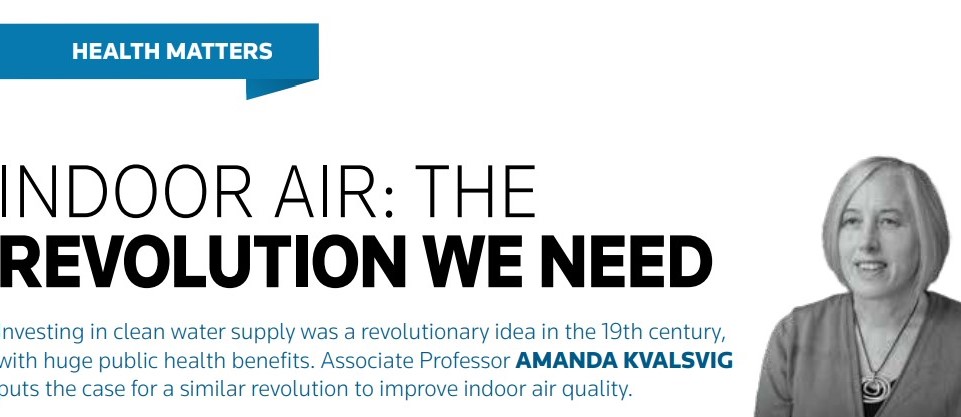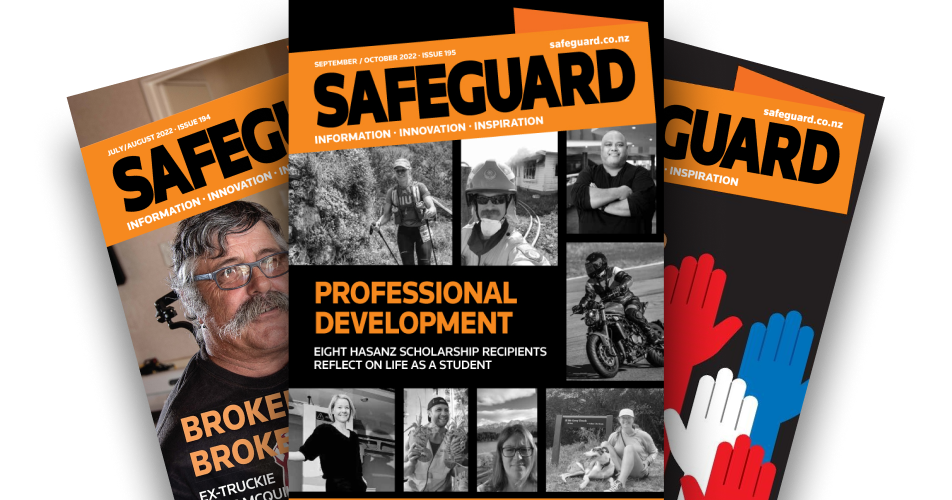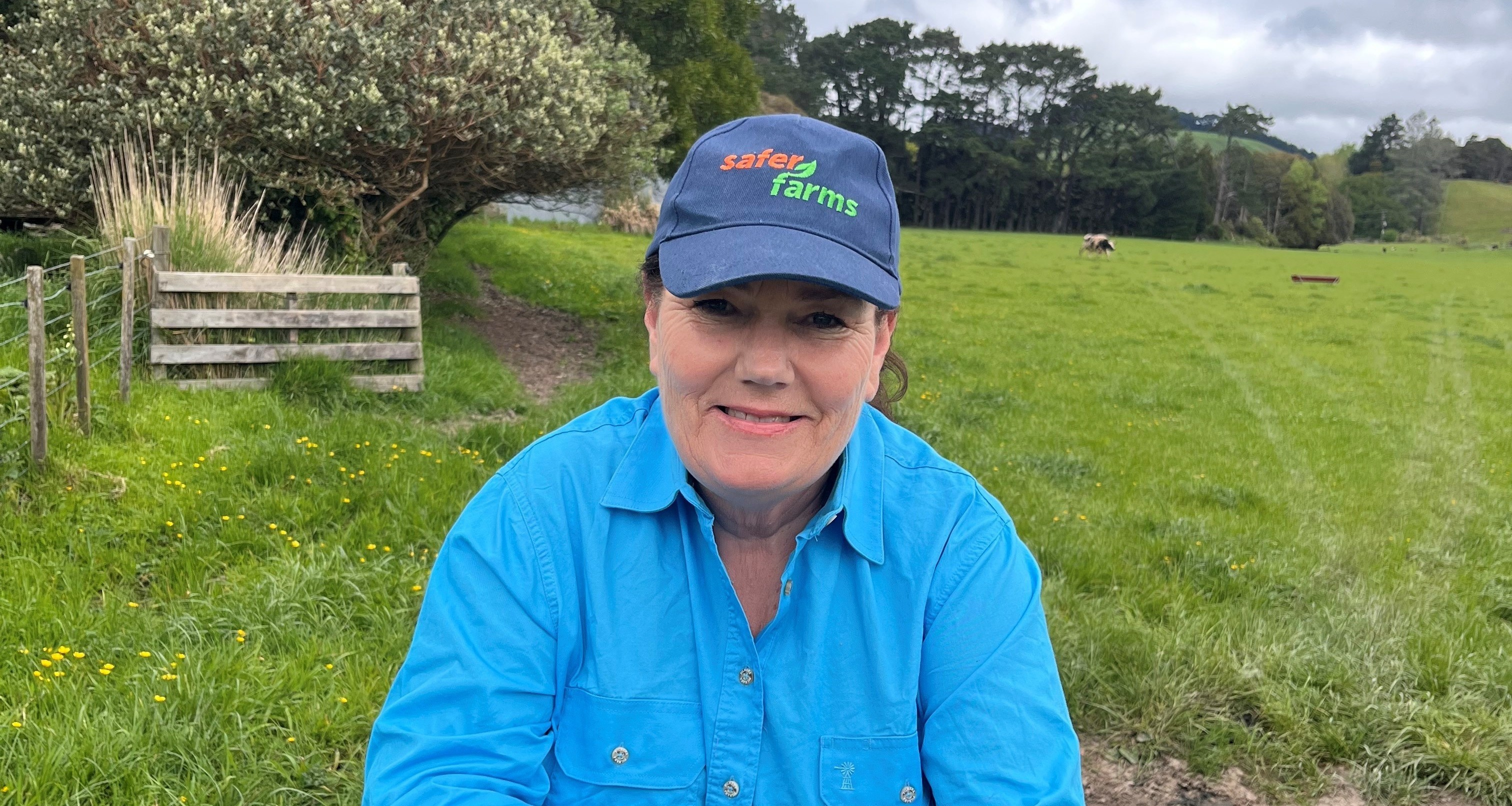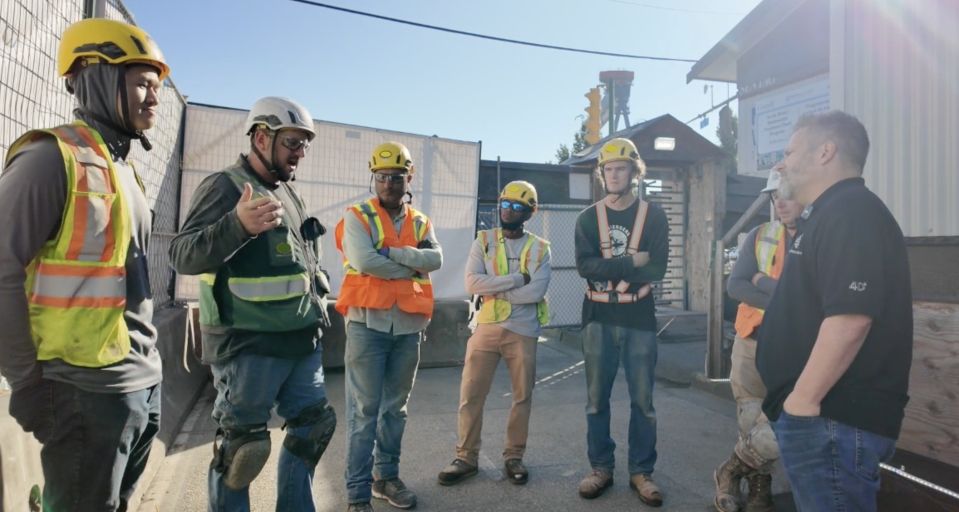It’s hard nowadays to imagine regular cholera outbreaks in Wellington and Auckland, but during the 19th century cholera was a common and deadly disease until cities invested in wastewater infrastructure and ensured that residents’ drinking water was clean and disease-free.
This revolutionary public health idea – which seems so obvious to us now – has saved countless lives. Cholera, typhoid, and other waterborne diseases still arrive in New Zealand from endemic areas of the world, but they can no longer spread rapidly through our communities.
THE REVOLUTION WE NEED
Around the world, countries are waking up to the fact that the 21st century needs a revolution for airborne infections in the same way that 19th century engineering revolutionised the control of waterborne infections. A key priority is the need to improve indoor air quality in public settings, enabling people to gather safely for work, education, healthcare, and social connection.
The Covid-19 pandemic has brought the need for improved indoor air quality into sharp focus, but this need goes far beyond infection control. Poorly ventilated spaces are harmful to health and wellbeing in many other ways, exposing workers to airborne hazards such as dust or smoke. Raised carbon dioxide (CO2) levels in stuffy, crowded environments cause drowsiness and lack of concentration. Climate change is increasing the incidence of wildfires and other air pollution hazards, highlighting the fact that ventilation isn’t only about opening windows: sometimes the air needs to be filtered as well.
New Zealand has indoor air standards to protect workers from specific airborne hazards. But our high respiratory infection rates indicate that we should be far more proactive about protecting respiratory health in the workplace.
THE COST OF INACTION
Every winter we experience high rates of infection and mortality from respiratory viruses, with substantial loss of work and education days. We now have Covid-19 in the mix too. It is constantly evolving and is clearly here to stay, causing new waves of infection in summer as well as winter. These waves are occurring on top of influenza, RSV, and other respiratory infections.
Covid-19 doesn’t only cause short-term illness: it’s now understood to be a multi-system infection that can lead to a range of symptoms and health conditions, collectively known as Long Covid. Cumulatively, these health impacts impose a heavy burden on individuals, sectors, and the country as a whole.
A MORE STRATEGIC APPROACH
In 2022 the Ministry of Health produced an internal memo (now released) reporting on Covid-19 infection rates ranked by occupational group. The education sector dominated the rankings, with school teachers top of the list and child carers in second place; hospitality workers took third place.
This type of evidence can help to guide a more strategic approach to indoor air quality, underpinned by legislation. While indoor air can’t be fixed everywhere at once, we have a good idea about where to start. Focusing additional effort and attention on the highest risk occupational settings can reduce the spread of infectious diseases in communities as well as protecting sectors such as
education from high rates of ill health in the workforce.
SOME PRACTICAL ACTIONS
Taking action to improve indoor air quality can generate multiple co-benefits for workplaces and workers. Some ventilation improvements will require structural alterations to buildings and these measures will take time to implement. But there are several actions that workplaces can take right away. Examples include:
• Develop clear policies and support for staying home when unwell with infectious symptoms. A negative Covid-19 test can be a requirement for participating in large gatherings or returning to work after an infection.
• Measure and monitor: CO2 monitors provide a useful real time indication of the need for ventilation. A high reading can prompt people to take action eg bringing in outdoor air (turning heaters on if needed) to improve alertness and reduce infection risk.
• Consider portable air filtration (high-efficiency particulate air [HEPA] filtration
units) for high-risk situations. There are a number of online resources providing advice about selecting and sourcing air filters.
• Normalise mask wearing to support those who wish to wear them; and
• Move activities outdoors when circumstances allow.




